
I have long maintained that the pervasive power of records as storytelling devices means that they show up in all manner of films, across all genres. To further develop this argument, I am going to turn an archival gaze on a range of films that often find their way onto our screens during the autumn / Halloween season, and explore how records are depicted and used therein when seeking to frighten and beguile.
For this post I am going to look at seven films: The Fog (2005 remake); The Others; Ghostbusters; The Mummy (1999 version); The Batman vs. Dracula; The Shining; and The Halloween Tree.
Across these movies an eclectic range of records make an appearance, including a handwritten journal, blueprints and technical drawings, spell books, photographs, a painting, stone tablets, a papyrus map, newspapers on microfiche, and advertising posters/broadsides.
I should caution that some of the imagery and themes in this post might be disturbing to some readers, and discretion is therefore advised. And as always, plot spoilers follow.
This version of The Fog is a remake of the 1980 film of the same name. While not a critical or commercial success, I have an odd soft spot for it because it was often on TBS Halloween movie marathons when I was younger. And interestingly, this movie relies on several different records to move the plot forward.
This film is essentially a supernatural revenge story. In 1871 a shipload of people suffering from leprosy attempted to purchase part of Antonio Island, off the Oregon coast, as their new home. Four of the leading citizens of the then faltering Antonio community (Patrick Malone, Norman Castle, Richard Wayne and David Williams) offered to sell William Blake half of the island to use as a leper colony. However, the men reneged at the last moment, robbed Blake and his people, and then set their clipper ship on fire, killing everyone on board. They then used the stolen money to rescue their faltering community, building a thriving settlement.
In 2005 the town decides to honour their four “noble founders” with a new statue, although most of the citizens are seemingly unaware of the town’s dark origins. Things go downhill from there.
The main characters of the film, most of whom are descendants of the four founders, need to contend with a thick supernatural fog that rolls into the town on the eve of the celebrations, bringing the vengeful ghosts from the clipper ship with them as they seek to exact their revenge.
The person who does the most to unravel what is happening is Elizabeth Williams, recently returned to the island after spending six months in New York City. Upon her return she is approached by an odd beachcomber who shows her an old and encrusted pocket watch he found on the beach. The maker’s mark on the watch somehow seems familiar to her (more on this later), and so she heads to the library.
There she locates the origin of the maker’s mark, a community known as Prince William Island.
The helpful librarian/curator tells her that this community had been located north of Antonio Island, was overrun by leprosy in the 19th century, and was subsequently never heard from again.
Later on she realizes that Nick Castle’s boathouse is actually the repurposed house of founder Patrick Malone (Nick and Elizabeth were a romantic item before she left for New York). And while waiting for Nick there she is dragged into the water and is almost drowned by unseen forces.
As she struggles to escape the water, she dislodges several rocks at one end of the dock, revealing a hidden journal.
Upon inspection, it is revealed to be the handwritten journal of Patrick Malone, hidden away in the dock by an unknown person (perhaps even Malone himself). She subsequently seeks out Father Robert Malone to talk to him about his ancestor’s journal, and he is clearly agitated and aware that something very odd and dangerous is happening on the island.
He ends their exchange warning her that she should leave the island as soon as she can.
That night at a local bar she and Nick read more from the journal, learning that Patrick Malone regretted his role in some dark event that took place in 1871.
She then notices the old framed photographs on the wall next to their table, documenting the conditions of the Antonio Island settlement in 1867 and 1869 – mostly shacks.
But in 1871 suddenly the community is booming, which strikes both Elizabeth and Nick as very peculiar.
So, reading more, they learn of the attempted land purchase and of the horrendous actions of the town founders. After some adventures dodging furious ghosts, Nick and Elizabeth end up at the Town Hall, where Father Malone confirms their newfound understanding of the town’s founding:
- Elizabeth: “That our forefathers murdered every man, woman and child on the Elizabeth Dane? And this town was built on nothing but lies? And now they’ve come for their revenge…The land that Blake paid for…where is it?”
- Father Malone: “We’re on it. The whole town was built on it. The sins of the fathers are visited on the heads of the children.”
Father Malone’s father (and current mayor) Tom Malone, denies the accusations, but they ring hollow because the documentary evidence keeps piling up: while barricading themselves in the Town Hall in the hopes of keeping the fog, and thus ghosts, at bay, they move a heavy cabinet which reveals a heretofore hidden painting on the wall.
The painting clearly depicts the actions of the founders on that fateful night. It does not appear to be signed, and I would be very interested in who painted it. One of the founders themselves, perhaps, knowing that the true story should be documented somewhere? Or maybe a wife or child, ashamed of their family’s role in the tragedy? Perhaps someone else completely? Either way, this depiction when taken together with the testimony from the journal, and the timelines provided by the old photos in the bar, results in a compelling case for the guilt of the founders.
Eventually the ghosts corner the mayor outside in the fog, and in a rare “death by record” scenario, they execute him with a ghostly version of the contract that they had signed in good faith with his ancestor.
It is then revealed that Elizabeth is in fact the reincarnated soul of William Blake’s wife (hence why she recognized the maker symbol on the watch), and she turns into a spirit and leaves with the rest of the ghosts. Archival records make one last poignant appearance when the viewer is shown the couple’s sepia wedding photo from 1865.
In the end, Nick demonstrates that he has learned nothing from the ordeal; instead of attempting to come to terms with the haunting of the present by the past, he decides to avoid this truth, casting the only accurate first-hand account of the founding of his community into a watery grave.
Such a significant record should have been properly preserved, so as to stand as a testament to the evil found in the hearts of the town’s founders.
The Others (2001) – directed by Alejandro Amenábar
Set in late 1945, this film centers on Grace Stewart and her two children, Anne and Nicholas, who live on Jersey, one of the English Channel Islands. Charles, Grace’s husband, had gone off to fight in the Second World War, and the family has not heard from him in some time, even though the war has ended when this story starts.
One day the family’s servants all disappear, and so Grace hires three new ones who happen to show up at the estate – Mrs. Bertha Mills, elderly gardener Edmund Tuttle, and a mute woman named Lydia.
Shortly thereafter the family notices odd things happening around the house, and Anne says that she has met several ghosts who claim that “the house is theirs.”
While searching for evidence of what she assumes are intruders in her house, Grace comes upon a Victorian era photograph album containing assorted deathbed portraits of deceased people.
She asks Mrs. Mills about it, and the servant says that taking such photos was common in the past, especially in the mid-to-late 19th century when the community had been struck with outbreaks of tuberculosis.
Things are about to get very weird , because shortly thereafter the children discover that three headstones on the estate grounds mark the burial sites of Mills, Tuttle, and Lydia.
At the same time, Grace finds a photograph that had fallen out of the mourning album, showing the three servant’s corpses, all of them having died in 1891.
As it turns out, the three ghosts, who had been peacefully co-existing with the assorted inhabitants of the estate, have been laying the groundwork to force Grace and the children to realize the truth: that they too are spirits, having all recently died tragically. The movie picks up shortly after their deaths, and the “ghosts” that Anne has seen and talked to are in fact the current house owners, trying to remove Grace and the children from the house that they are now haunting. A great twist!
In the end, Grace rejects Mrs. Mill’s contention that they will need to learn to peacefully coexist with the new owners of the estate, thus implying that she will be a vengeful and dangerous poltergeist to whomever may chance their luck in the haunted estate.
That was fairly dark – now for something a bit lighter.
Ghostbusters (1984) – directed by Ivan Reitman
In this classic supernatural comedy, three eccentric former professors (Peter Venkman, Raymond Stantz, and Egon Spengler) start their own ghost capture and storage company in New York City, and hilarity naturally ensues. Along the way, their mission to rid the world of ghosts is aided by their cranky receptionist Janine Melnitz, and their new team member, Winston Zeddemore. This team must contend with an increasing number of ghosts, culminating in an epic battle against an ancient god of destruction named Gozer.
However, what some may not have noticed is the pivotal role that archival records play in the unfolding of the story!
The Ghostbuster’s “Gozer case” starts when Dana Barrett, a professional cellist, comes home to find a minion of Gozer named Zuul trying to speak to her through her apartment’s refrigerator. She is naturally terrified and seeks out the Ghostbusters for their help.
After determining that she is not lying, Ray suggests that her building itself might hold a clue: “Well, I could go down to the hall of records and check out the structural details in the building. Maybe the building itself has a history of psychic turbulence.”
A while later, we see Ray looking over those plans while coming back into the city with Winston.
Ray: “…this roof cap is made of a magnesium-tungsten alloy…” Winston: “What are you so involved in there?” Ray: “These are the blueprints for the structural ironwork for Dana’s apartment building, and they’re very, very strange.”
A few scenes later (while in jail – a long story) Ray and Egon explain to Peter and Winston just how strange the building is.
Here is an edited exchange:
- Egon: “The structure of this roof cap is exactly like the kind of telemetry tracker that NASA uses to identify dead pulsars in deep space.”
- Ray: “Cold riveted girders with cores of pure selenium.”
- Peter: “…So what? I guess they just don’t make them like they used to.”
- Ray: “No! Nobody ever made them like this! The architect was either a certified genius or an aesthetic wacko!…The whole building is a huge super-conductive antenna that was designed and built expressly for the purpose of pulling in and concentrating spiritual turbulence. Your girlfriend, Pete, lives in the corner penthouse of Spook Central.”
To piece together the rest of the mystery, they turned to Tobin’s Spirit Guide, a published reference work, which reveals details about the architect of the building, Ivo Shandor:
- Egon: “The architect’s name was Ivo Shandor. I found it in Tobin’s Spirit Guide. He was also a doctor. Performed a lot of unnecessary surgery. And then in 1920 he founded a secret society.”
- Peter: “Let me guess. Gozer worshippers.”
- Egon: “Right…After the First World War, Shandor decided that society was too sick to survive. And he wasn’t alone. He had close to a thousand followers when he died. They conducted rituals up on the roof, bizarre rituals intended to bring about the end of the world, and now it looks like it may actually happen!”
But all hope is not lost! Their diligent review of records and reference material has allowed them to discern the Shandor/Gozer plot, and as they say, forewarned is forearmed. With this knowledge they are able to convince the skeptical mayor of New York to support them in their efforts to defeat Gozer.
What follows is one of the most memorable scenes in movie history, with the team fighting a 34-metre-tall StayPuft Marshmallow Man created by Gozer.
Our ghost busting heroes manage to close the interdimensional door Shandor built into Dana’s building, in the process vaporizing the marshmallow man and banishing Gozer from this dimension.
As a government archivist, this triumph is made all the sweeter for me by the fact that the scales were tipped in our hero’s favour by esoteric details in an old blueprint deposited with a government office.
The Mummy (1999) – directed by Stephen Sommers
This is a loose remake of the earlier 1932 version and involves the accidental awakening and subsequent quest to kill a supernatural mummy named Imhotep. Different types of records play a part in their story, including a papyrus map, stone tablets, and two unique and terrifyingly powerful spell books.
In 1290 BCE, the then high priest Imhotep is cursed by the authorities for his role in the murder of the Pharaoh. The curse, while damning him for all time, also ensures that if he is to ever reawaken that he will possess extraordinary powers as “The Mummy” (which, in retrospect, seems like an extraordinarily bad idea). His body is left at Hamunaptra, coincidently the city where the pharaohs of Egypt were known to hide the riches of the kingdom.
In 1923 CE Richard “Rick” O’Connell happens to find himself in Hamunaptra, as part of an unofficial French Foreign Legion attempt to find some of the fabled treasure.
While there he pockets what appears to be a puzzle box, and he is subsequently lucky to escape with his life when the expeditionary force is attacked by Tuareg nomads.
Three years later a man named Jonathan Carnahan stealthily steals the box from O’Connell and shows it to his sister, Evelyn (Evie), who works as a librarian at the Cairo Museum of Antiquities.
It is his hope that she can sell it to the curator at the museum; however, upon examining it Evie cleverly deduces how to open it, revealing a folded papyrus map.
They excitedly take it to the curator, with Evie trying to convince him that it leads to the lost city of Hamunaptra, based in part on her diplomatic analysis of its attached seals.
The curator (who unbeknownst to everyone is part of a secret society sworn to protect the final resting place of the Mummy) intentionally burns off part of the map, horrifying Evie and Jonathan, as well as archivists everywhere.
Still, not all is lost, because Rick is willing and able to lead them to the city. Inevitably, they accidently awaken Imhotep by reading from a book found in one of the sacred statutes at Hamunaptra – “The Book of the Dead.”
What follows is a mad dash to kill Imhotep before he can regain his full strength and take over the world. In this quest they are aided, of course, by ancient archival records!
Since the Book of the Dead reanimated Imhotep, Evie reasons that its sister book, the “Book of the Living” / the “Book of Amun-Ra,” can kill him (Evie has previously revealed that these two books contain all of ancient Egypt’s secret spells and incantations). But to even find where the book is hidden at Hamunaptra, Evie needs to decipher the resting place from an ancient stone tablet on display at the Cairo museum.
She succeeds brilliantly, and they are able to locate the Book of the Living. After a thrilling fight sequence, Evie manages to read the proper incantation from the book, sending Imhotep’s soul back to the underworld.
Thankfully humanity learns its lesson and never again messes with ancient Egyptian spell books…wait…oh no.
The Batman vs. Dracula (2005) – directed by Michael Goguen
Early on in this film we learn that the body of Dracula was moved to Gotham City and left in a crypt in one of the city’s cemeteries at some point after his first “death” in Transylvania. His body is left undisturbed until the Penguin and the Joker find it while searching the crypt for stolen money. Now awake, Dracula sets his sights on regaining his power and taking over the world.
He takes the name “Dr. Alucard” and begins to bite and infect hundreds of people, building himself an army. Early on Bruce Wayne / Batman suspects something is not quite right about the mysterious and creepy doctor suddenly moving in his social circle (and hitting on his would-be-girlfriend, Vicki Vale).
His discerning mind suspects that “Alucard” is perhaps an anagram for “Dracula,” but he wants proof before making such an charge. So, archival records to the rescue again!
In a 1980 comic book (“The Untold Legend of the Batman,” No.1), it is revealed that Batman’s computer in the Batcave has access to copies of “all government records of known criminals and methods” as well as a great deal of additional unspecified material (in fairness, I need to point out that this is fiction; no one beyond Batman would be able to pull off such a feat!).
This movie shows that some of that “other” material accessible via the Batcomputer includes digitized newspapers, with Batman searching for and displaying what appears to be a newspaper article on the history of Dracula.
The accompanying illustration is an exact match to Alucard’s likeness, providing the proof Batman wants regarding the doctor’s supernatural identity.
So now Batman knows what he is up against and prepares accordingly.
As an aside, this particular research scene harkens back to a classic 1992 episode of the Batman: The Animated Series entitled “Vendetta.” In that episode Batman seeks to learn the backstory of a man named Killer Crock; he finds his answers in assorted newspapers stored on microfiche that he can access via the Batcomputer (fiche at this time would not have been digitized, so it remains an open question as to how the computer could access and display them).
Even though these stories aren’t (cough) realistic, the equally unrealistic idea that computer technology can automatically find specific archival records anywhere in the world is one that many people unfortunately find realistic. It isn’t, for a number of reasons, including the fact that archivists will never be able to digitize everything in our holdings, and the fact the reference experience can often be very complicated.
For those who may be wondering, Batman is indeed able to defeat Dracula, using his wits, intelligence, and athletic skill to incinerate the vampire in a beam of solar energy.
If anyone can actually kill Dracula, it is, of course, Batman – he is by far the greatest comic book superhero. For more on Batman from an archival perspective, please check out our post on the use of archival records in comic books.
The Shining (1980) – directed by Stanley Kubrick
This film follows the story of Jack Torrence, his wife Wendy, and their son Danny, who have moved to an old, isolated hotel as its winter caretakers.
During the film we learn that the Overlook Hotel (built in 1909) has a dark history and is now inhabited by terrifying ghosts. Unlike his parents, Danny can sense them, as he possesses psychic abilities that one character refers to as “The Shining.”
The dark supernatural influences and the isolation combine to slowly break down Jack’s sanity, until he attempts to murder his family. Thankfully they escape and leave him lost in the hotel’s maze, where he freezes to death.
At the very end of the movie the camera zooms in on a photograph found on one of the ballroom walls, seemingly showing Jack as a hotel employee in 1921.
I have always taken this to suggest that Jack is a reincarnated soul of someone who used to work at the hotel. But others have suggested that perhaps the hotel has now absorbed Jack’s essence into itself. Either way, it is a brilliant and unsettling use of a record.
The Halloween Tree (1993) – directed by Mario Piluso
Finally, this animated classic is based on the book by Ray Bradbury (who also narrates the film). In this story four youth learn about the cultural roots of Halloween across the ages, all the while attempting to save another friend who has been spirited away by supernatural forces.
While looking for their friend they come across a creepy mansion inhabited by an entity claiming to be named Carapace Clavicle Moundshround (interestingly voiced by Leonard Nimoy, of Mr. Spock fame).
He offers to help them chase down their friend, while also seeking to teach them about the origins of Halloween. To that end, he tells them to pull numerous old circus advertising posters off of a nearby barn.
This done, he uses his magical skills to fashion a kite, which they use to travel to ancient Egypt via some sort of temporal vortex.
Interestingly, the book, originally published in 1972, reveals that the posters date back to at least the 1920s: “They leapt the fence running and stood by a barn frosted over with old circus posters, with banners tattered by wind pasted here thirty, forty, fifty years back. Circuses, passing through, had left patches and swatches of themselves ten inches thick.”[1]
When the time travelers arrive in Egypt the kite seems to (mostly) disintegrate into the sand.
So, while I enjoy this film, as an archivist the re-use and mistreatment of such rare ephemera is upsetting. Not to mention the confusion that may result if/when modern day archeologists find venerated scraps of 20th century circus posters locked away in sealed Egyptian tombs…
In the end, the children save their friend and learn quite a bit about the historical and cultural roots of the modern-day celebration of Halloween.
Thus ends our exploration of the depiction and use of records in some creepy classics. While I don’t have enough evidence to state this categorically, I get the sense that writers and directors working in the horror genre are particularly keen on using records as storytelling devices. I actually had numerous other candidates to consider for this post, but in the interests of brevity, I settled on the seven examples discussed above.
I suspect that the horror genre’s possible affinity for records as narrative tools may stem from the fact that their stories often involve a long buried evil or darkness that needs to be combatted or dealt with in the present. The inclusion of relevant records therefore acts as a clever way to supply characters with whatever insight, information, and/or material that they may require.
In addition, one could argue that old records themselves can often conjure unsettling and ominous vibes to great effect, feeding into the overall ambience of the film. In the above productions, the Book of the Dead, the mourning album, and the 1921 party photograph certainly bear this observation out. As usual, there is much more that could be unpacked here, but I shall leave that for another time.
Happy Halloween – stay safe everyone.
For more on the topic of Halloween from an archival perspective please check out my blogpost on Halloween records.
For related autumnal archival musings please check out my post on the history of forests and other flora in Peel.
Kyle Neill, Senior Archivist
September 2021 edit: added in the reference to “The untold legend of the Batman”
[1] Ray Bradbury, The Halloween Tree (London: Corgi Books, 1975), pg. 44



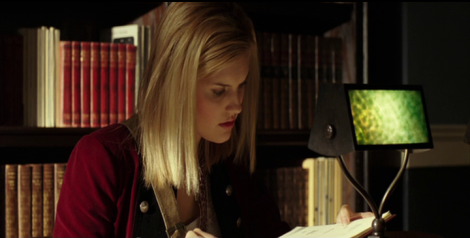
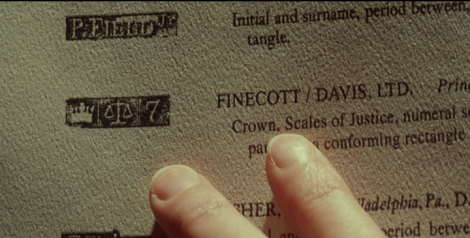








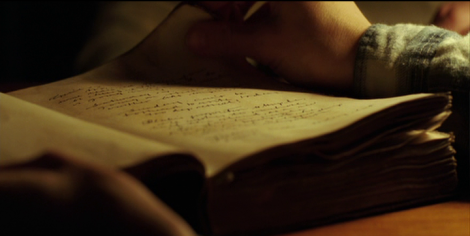






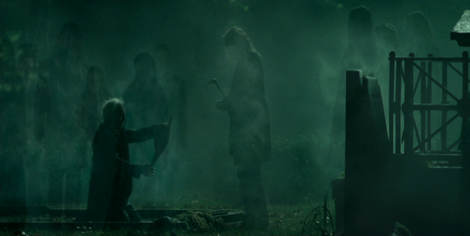


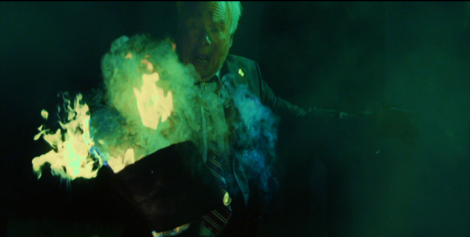












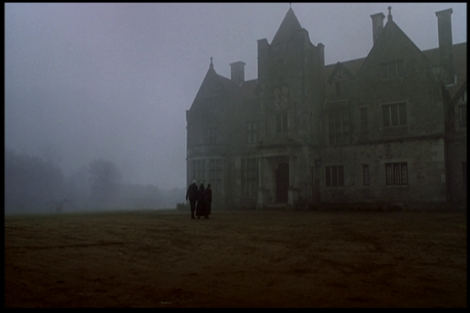

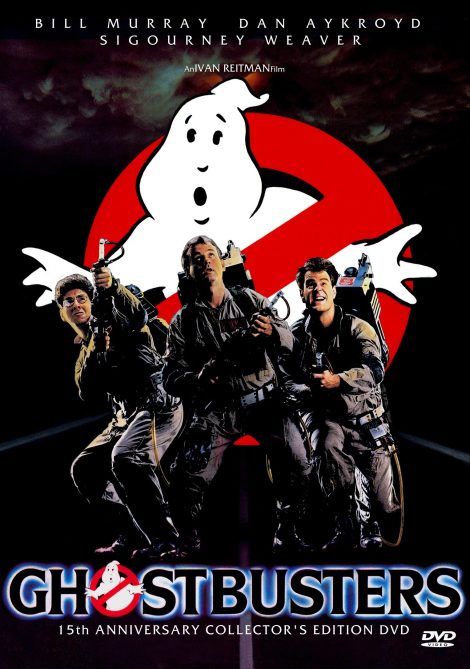
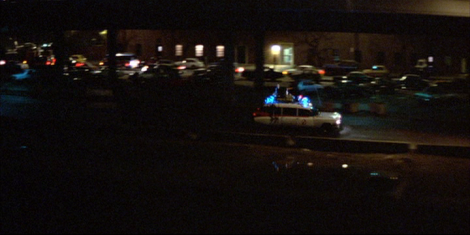

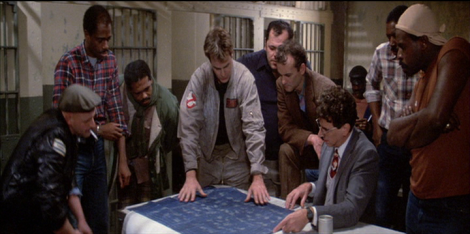
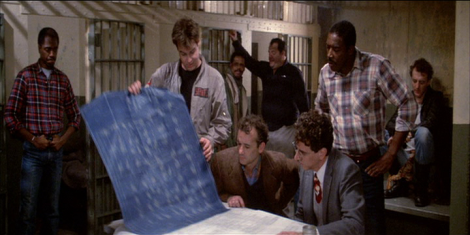






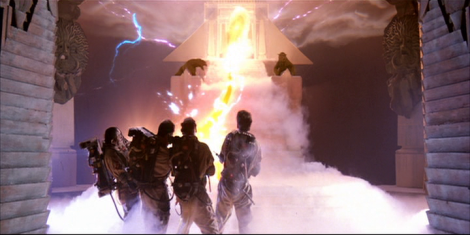




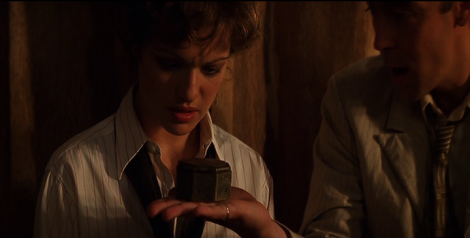





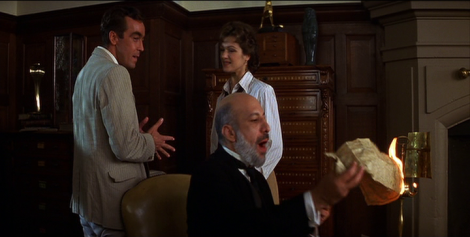
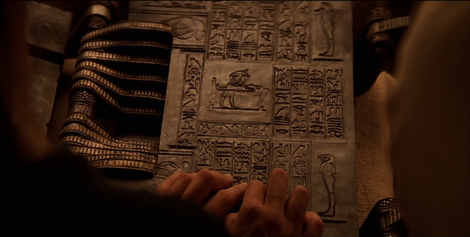
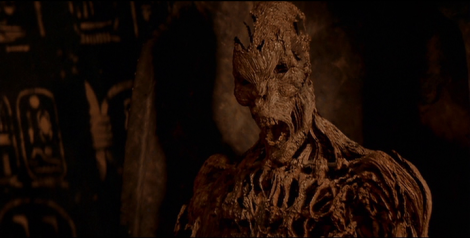
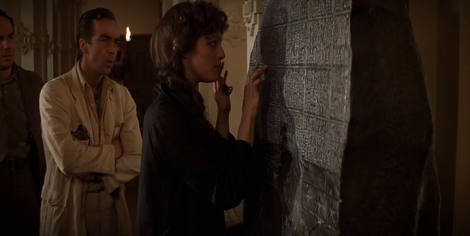





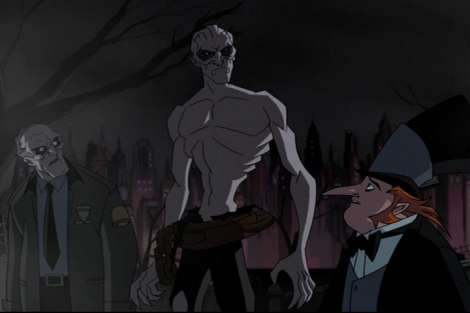







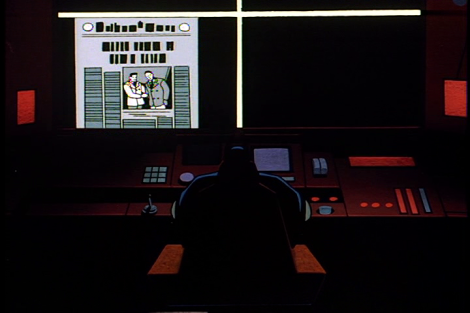





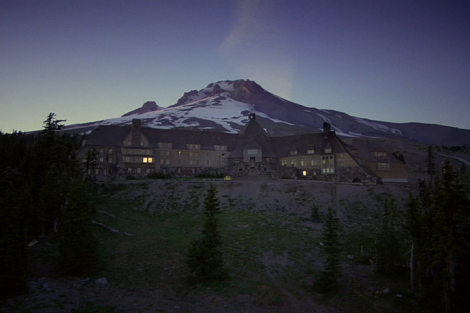
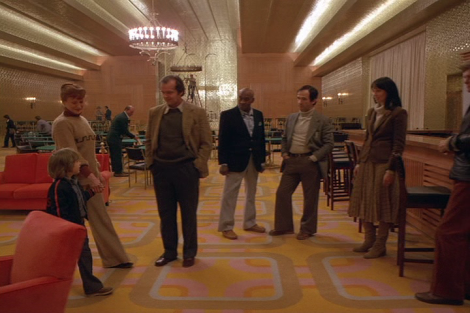


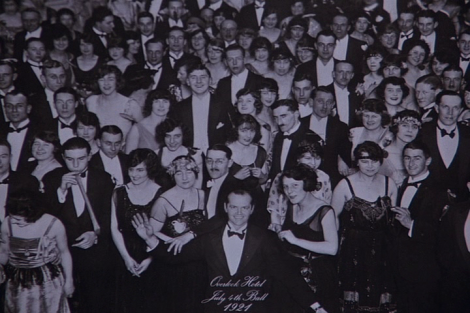
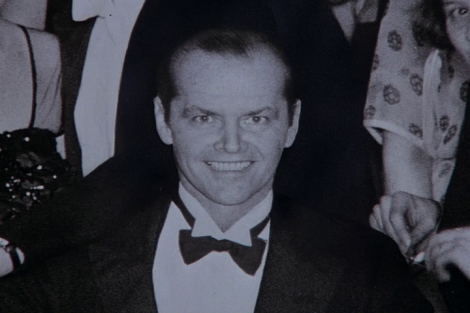
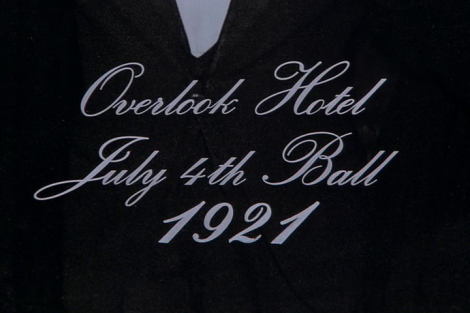



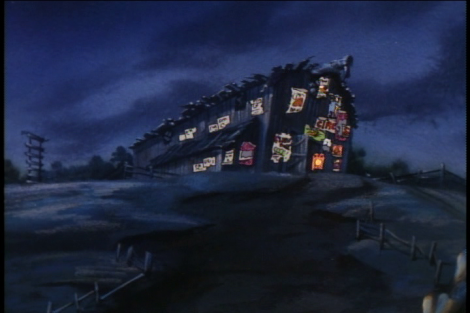
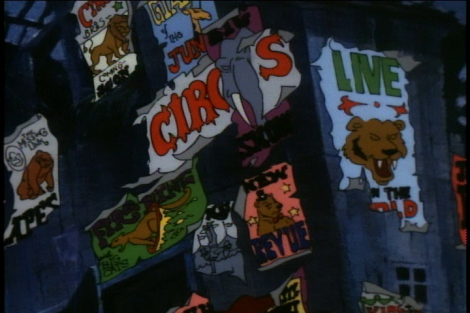

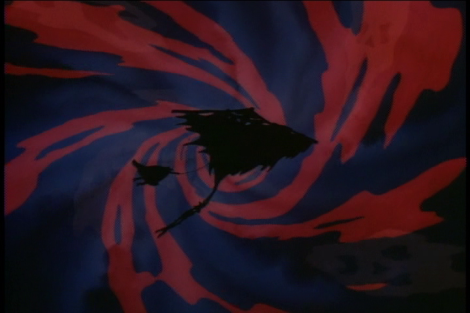

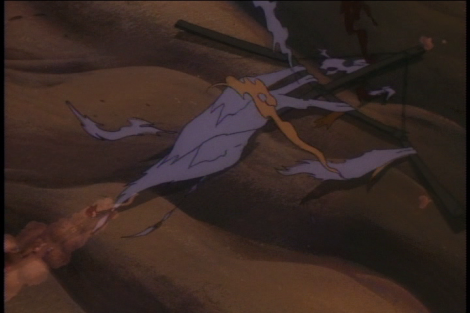

Very informative. Good to know that the people doing movies are using archival information.
LikeLike
Thank you!
LikeLiked by 1 person
Fantástico!
Great post, I am following your work from Brazil, I love your blog, keep going!
LikeLiked by 1 person
Thank you very much for reading our blog!
LikeLiked by 1 person
Great post, thank you!
LikeLiked by 1 person
Thank you for reading our blog!
LikeLiked by 1 person